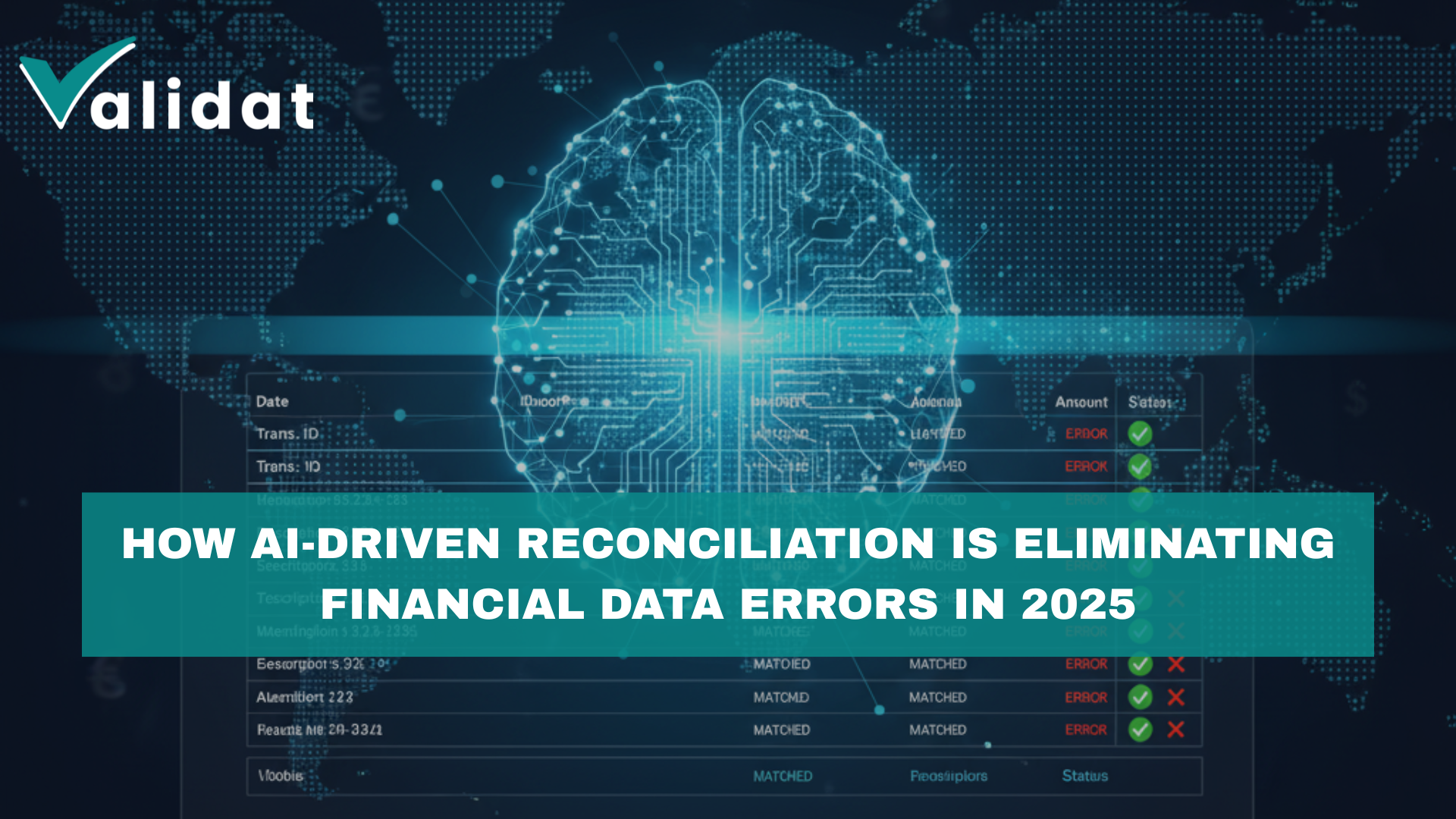Real-Time Compliance: The Competitive Edge for Fintechs in 2025

Introduction: Compliance Has Moved Beyond Manual Checks
Traditional compliance in fintech is no longer sufficient. Regulatory demands are increasing, transaction volumes are growing, and delays in detecting issues can result in major risks - from reputational damage to regulatory fines.
Today, real-time compliance monitoring is emerging as a vital capability for fintech firms. It enables businesses to detect and resolve issues as they happen, reducing manual work, improving audit readiness, and building trust with partners, investors, and regulators.
In this article, we explore why real-time compliance is quickly becoming a differentiator in the fintech space, and how to adopt it effectively.
What Is Real-Time Compliance?
Real-time compliance refers to the continuous monitoring of key risk, transaction, and process data to ensure regulatory and operational compliance at every moment. Instead of checking data at the end of a period or just before an audit, real-time systems:
- Track behaviour and transactions as they happen
- Flag exceptions instantly
- Log issues for follow-up with full traceability
- Provide ongoing assurance to leadership and regulators
This shift enables fintechs to move from reactive to proactive compliance, significantly reducing the likelihood of costly errors or oversight.
Why Fintechs Are Prioritising Real-Time Monitoring
1. Speed of Business Requires Faster Oversight
Modern fintechs process payments, onboard users, and move funds in real time. Compliance must match that speed to avoid backlogs, gaps, or unreported issues.
2. Regulatory Expectations Are Higher Than Ever
Financial authorities increasingly expect firms to demonstrate ongoing monitoring, not just point-in-time compliance. Real-time systems help meet these expectations with full visibility.
3. Manual Processes Can’t Scale
As transaction volumes grow, compliance teams can't keep up without automation. Real-time monitoring offloads much of the heavy lifting and highlights only what needs human review.
4. Competitive Differentiation
Fintechs that offer secure, transparent, and compliant services gain trust more quickly. This can speed up partnerships, improve investor confidence, and increase customer satisfaction.
What Does Real-Time Compliance Look Like in Practice?
Here are just a few examples of how real-time compliance plays out operationally:
- Real-time transaction flagging: Suspicious or out-of-policy payments are flagged before they settle
- Live KYC/AML checks: Identity verification happens during user onboarding with continuous monitoring post-signup
- Automated reconciliation alerts: Inconsistencies between bank and internal ledgers are caught immediately
- Exception management: Compliance teams only review what has been flagged, improving focus and speed
How Validat Supports Real-Time Compliance
Validat is designed to support real-time compliance workflows from the ground up. Our platform offers:
- Automated reconciliation that flags mismatches in real time
- Rule-based compliance monitoring across transaction and reporting workflows
- Clear exception dashboards that surface only what requires human attention
- No-code configuration for your internal team to adapt compliance logic as regulations evolve
Our goal is to help fintechs automate confidently, scale responsibly, and stay audit-ready at all times.
✅ Visit www.validat.co.uk to learn how Validat supports real-time compliance for fintech SMBs
Latest Posts

How AI-Driven Reconciliation Is Eliminating Financial Data Errors in 2025


